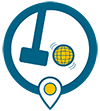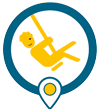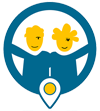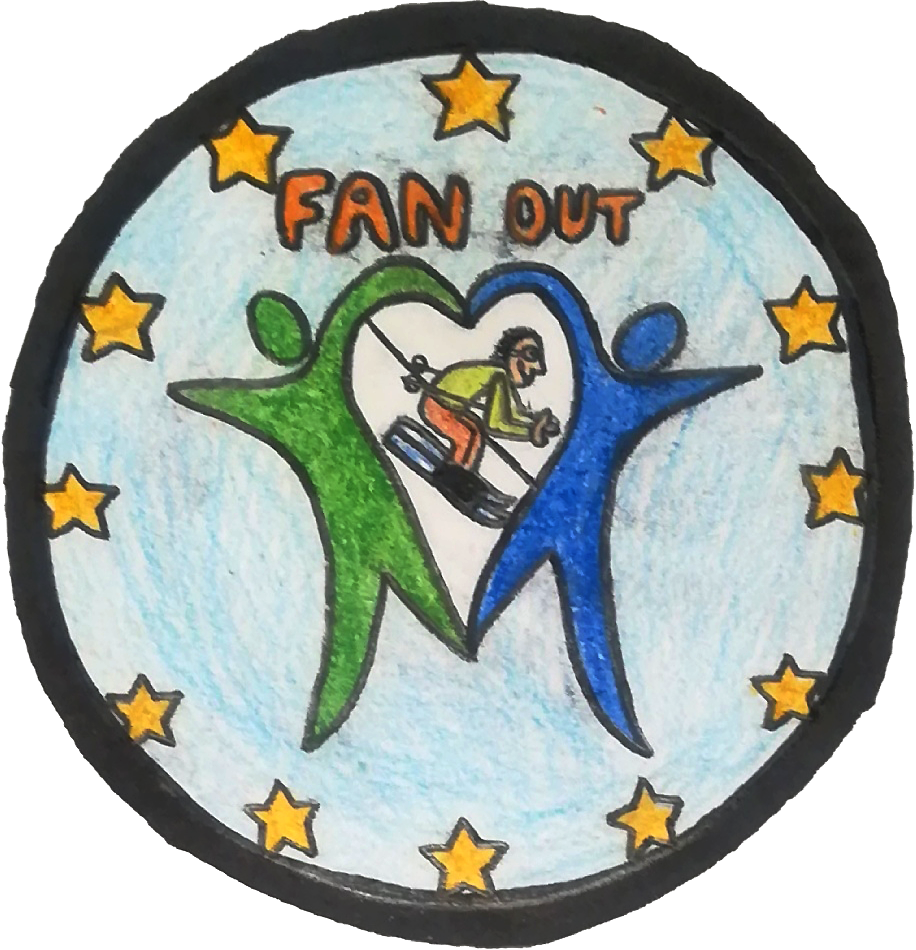Carotsini

MAUL / STICK-GAMES

GAME

ONE Person

TEAMS
NO CLUB

SOCIAL SOCIALIZATION
Carotsini
How is it played? (Rules)
Carotsini is a characteristic self-made toy vehicle that together with the self made scooter constituted popular pastimes of 10-15 year-old boys in Agrinion and other cities and villages of Aetoloakarnania during the period 1950-1980. The carotsini was a simple construction out of wire and reed , representing the front steering system of a car, i.e., the steering wheel and its vertical axis which was attached to a horizontal axis with two wheels. The steering wheel enabled the carotsini to turn, offering children a feeling of actual driving. Boys during 1950-1980 in many cities and villages of Aetoloakarnania used to race their cartotsinia pretending that they drove a real car, while many added a gear system on the steering wheel axis to add a more realistic impression of “driving”. Boys often organized races down slopes or streets. Driving a carotsini also made chores performed for relatives and neighbours less boring for children.
All parts were made of wire while the steering axis was covered by a reed. Spools, and milk cans could also serve as wheels.
Pleasure in this game is derived by the act of pretending to drive and the fact that it could be combined with performing chores. Craftsmanship, dexterity in steering, imagination and speed are required for the successful manipulatio9n of a carotsini.
speed.
Sport or Game History and origins:
The history of the toy and the games played with a carostisini is linked to the dissemination of automobiles in Greece however there are no records of when these constructions appeared in the area. Oral sources, so far, collected during the organization of the exhibit Toy Stories: Toys in the area of Aetoloakarnania 1940-2010 by the students of the Department of Cultural Heritage Management and New Technologies, University of Patras have corroborated the popularity of the carotsini in the area of Aetoloakarnania during the period 1950-1980.Komzias (2009:34) and Chantzis (2005: 80-81) report carotsini games in the cities of Aetoliko and Agrinion respectively during the 1950s.
References
Toy Stories: Toys in the area of Aetoloakarnania , Greece 1940-2010. Exhibition co-organized Prefecture of Agrinion and Department of Cultural Heritage Management and New Technologies (DCHMNT), University of Patras. Agrinion, May 2017. Unpublished material, Cultural Technology Lab Archives, DCHMNT.
Komzias, G. (2009), «Σα παραμύθια. Τα παιχνίδια της αλάνας…», (Like Fairy Tales… The “Alana” [=vacant lot] Games) Athens, in Greek.
Chantzis, P. (2005),. Τα παιχνίδια που παίξαμε στο Αγρίνιο μέχρι τη δεκαετία του ’60 (The games we used to play in Agrinion until the 1960s). Αgrinion (in Greek).
Submitted by
Department of Cultural Heritage Management and New Technologies, University of Patras
Objective
The game’s objective is to simulate the movement of a car by pretending to drive while running down slopes and city streets. It is a racing or running game which does not fit any of the provided categories in Geoludensor the sake of the community.
Benefits
Physical: Physical condition improvement (strength, speed, endurance, etc).
Psychological: Psychological skills improvement (motivation, leadership, group cohesion, concentration, etc.)
Game’s materials
Wire, reed (steering wheel and axis), wire, empty milk cans or wooden spools (wheels).
Is it related to an specific event or festivity ( festivals, religious or pagan celebrations)?
No.






